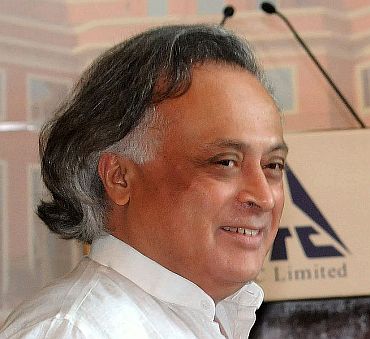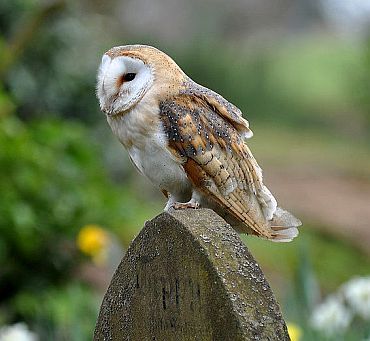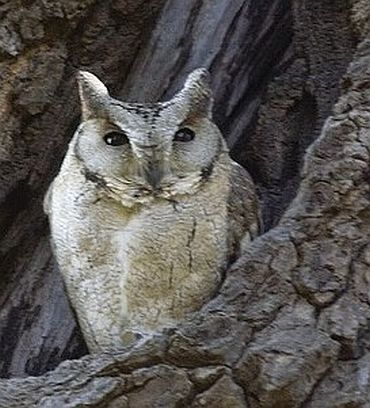Environment Minister Jairam Ramesh has blamed Hollywood's famous flick 'Harry Potter' for the dwindling number of wild owls in the country.
Ramesh said the craze for 'Harry Potter' in India had led to an increase in people buying owls from illegal bird traders.
'Following Harry Potter, there seems to be a strange fascination even among the urban middle classes for presenting their children with owls,' the Telegraph quoted Ramesh as telling BBC.
Harry Potter publishers, Bloomsbury declined to comment
...
Why Jairam Ramesh is upset with Harry Potter
Photographs: Magnus Manske/wikimedia commons
Meanwhile, releasing a TRAFFIC India's report entitled "Imperilled Custodians of the Night", a study on illegal trade, trapping and use of owls in India, in New Delhi on Wednesday, Ramesh said that owl is highly endangered species now.
He said that maximum killings of owls take place during Diwali in the name of black magic and sorcery driven by superstition, totems and taboos.
India is natural habitat for about 30 species. There is a great threat to many bird species. Large number of communities in Uttar Pradesh, Madhya Pradesh, Chhattisgarh, Andhra Pradesh are involved in illegal trade of owls which is used for Tantric practices.
This report will sensitise masses on an important issue. The ministry will closely examine the recommendations to take strict actions under Wildlife Protection Act.
Hunting of and trade in all Indian owl species is banned under the Wildlife (Protection) Act 1972 of India.
Why Jairam Ramesh is upset with Harry Potter
Photographs: JM Garg/Wikimedia Commons
Owls play beneficial and vital role in the ecosystem, particularly to farmers through their predation of rodents and other crop pests.
Shaman or black magic practitioners frequently referred to as tantriks in India, prescribe the use of owls and their body parts such as skull, feathers, ear tuffs, claws, heart, liver, kidney, blood, eyes, fat, beak, tears, eggshells, meat and bones for ceremonial pujas and rituals.
Of the 30 owl species recorded from India, 15 have been recorded by this study in the domestic live bird trade. Owl species most highly sought after by traders are large species, especially those with false "ear-tufts" which are thought to bestow greater magical properties on the birds.
Why Jairam Ramesh is upset with Harry Potter
Photographs: Shyamal/Wikimedia Commons
TRAFFIC's investigations recorded 15 owl species in trade including Spotted Owlet, Barn Owl, Rock-Eagle Owl, Jungle Owlet, Collared Scops-owl, Brown Fish-owl, Dusky Eagle-owl, Mottled Wood-owl, Asian Barred Owlet, Collared Owlet, Brown Wood-owl, Oriental Scops-owl, Spot-bellied Eagle-owl, Tawny Fish-owl and the Eastern Grass-owl.
The investigations into the owl trade were conducted during nationwide studies of the bird trade undertaken between1992-2000 with additional information gathered between 2001 and2008. The prime investigator and author of the report is ornithologist Abrar Ahmed.
TRAFFIC, the wildlife trade-monitoring network is a joint programme of WWF, the global conservation organization and IUCN, the International Union for the Conservation of Nature.





article